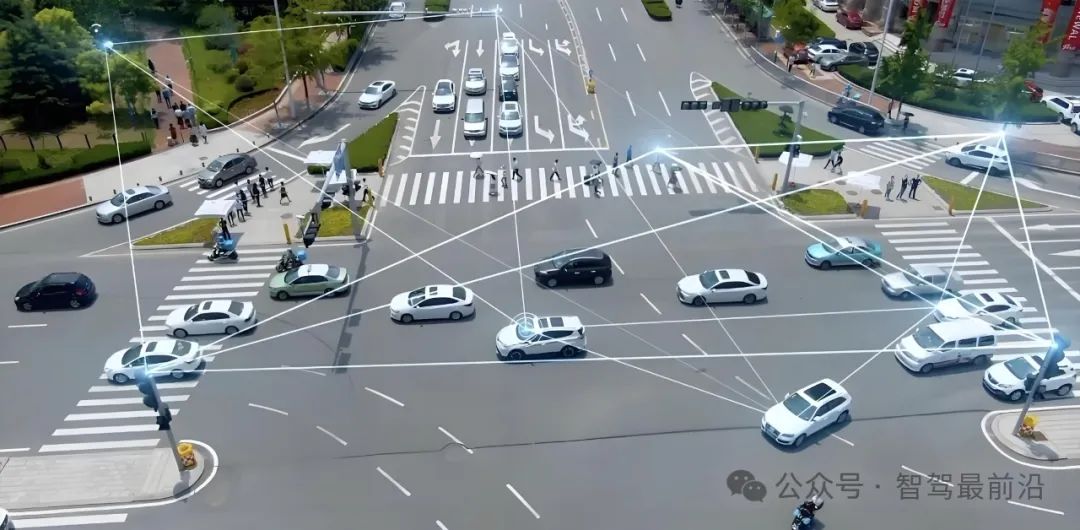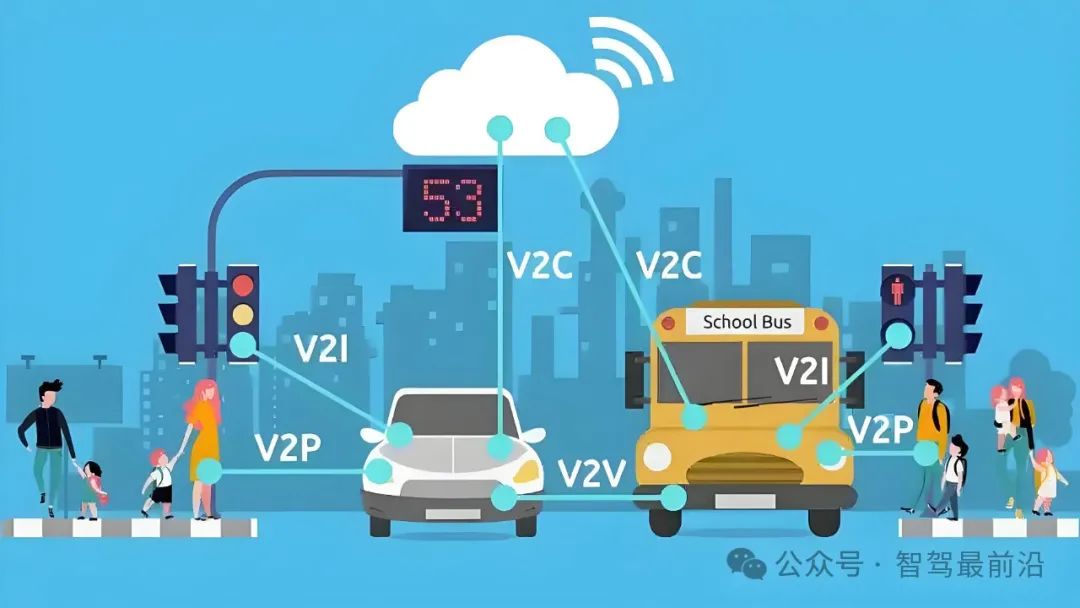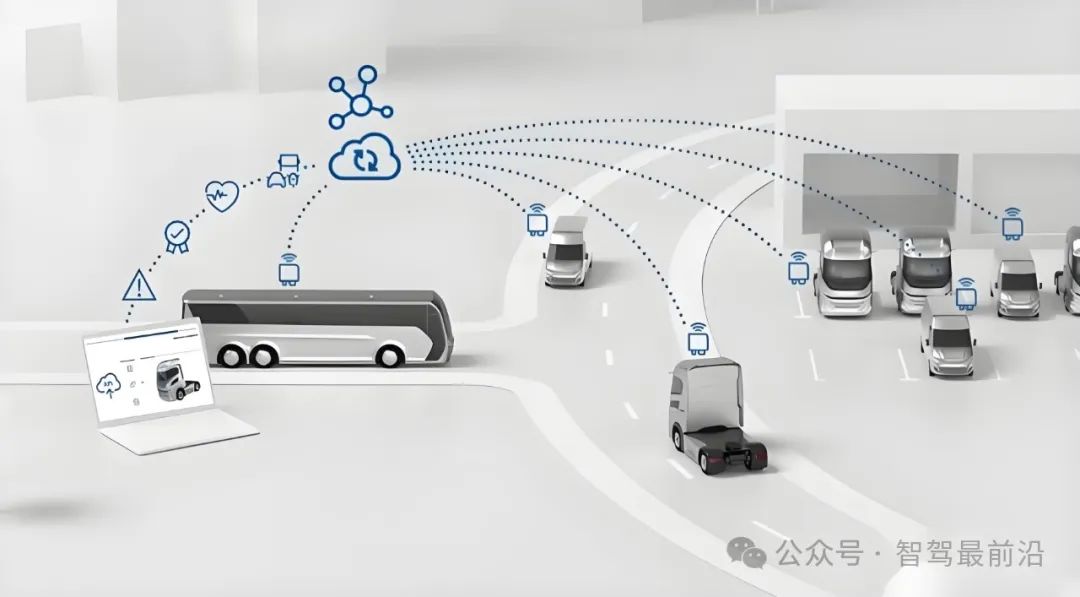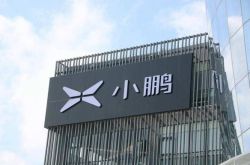Is the Collaborative Autonomous Driving System of Vehicles, Roads, and Clouds Cooling Down While Still Being Hot?
![]() 04/30 2025
04/30 2025
![]() 511
511
In recent years, with the rapid advancement of new-generation information technologies like the Internet of Things (IoT), cloud computing, big data, 5G, and artificial intelligence (AI), industries across the board are accelerating towards intelligence and informatization. The automotive industry is no exception. The path to automotive intelligence is not monolithic; from single-car intelligence to vehicle-road-cloud collaboration, and from LiDAR-dependency to pure vision, each solution choice impacts numerous enterprises within the sector. As we enter 2025, the benefits of single-car intelligent solutions have become increasingly evident, while vehicle-road-cloud collaboration solutions, hindered by high costs, frequent demand updates, and other factors, struggle to achieve large-scale commercial adoption, seemingly fading into history. Discussions on the frontiers of intelligent driving have delved into this topic (Related reading: Why has vehicle-road collaboration 'cooled down' in 2025?), analyzing the challenges in the development of vehicle-road collaboration.

Despite market skepticism and corporate hesitancy, vehicle-road-cloud collaboration excels in safety and coordination, outpacing single-car intelligence. This technology has been extensively applied in specific regional scenarios. Vehicle-road-cloud collaboration refers to the establishment of an efficient data collection, transmission, processing, and feedback mechanism among vehicles, roads, and cloud platforms. Through real-time information sharing and dynamic decision-making, it not only facilitates intelligent traffic management and logistics scheduling but also offers unprecedented safety guarantees and operational optimization solutions for high-risk, complex scenarios such as docks and mines.

Key Application Scenarios of Vehicle-Road-Cloud Collaboration
In a vehicle-road-cloud collaboration system, vehicles are typically equipped with various sensors and communication modules to monitor their status and surrounding environmental data in real-time. Roadside monitoring devices, communication base stations, and sensing equipment capture road conditions, environmental changes, and potential obstacles or anomalies. The cloud platform handles data storage, information processing, decision analysis, and feedback scheduling. The system achieves high-speed, low-latency, and stable data exchange between nodes through technologies like 5G networks, the Internet of Vehicles (V2X), and edge computing, ensuring precise and comprehensive capture of on-site dynamics and timely responses through cloud-based intelligent algorithms.
In dock scenarios, vehicles frequently interact with logistics handling equipment, cranes, and various types of yard operating equipment in a complex and dynamic environment. This requires the system to not only acquire vast amounts of distributed dynamic data in real-time but also possess high-precision and high-stability communication capabilities. Leveraging 5G networks' high bandwidth and low latency, the vehicle-road-cloud collaboration system can complete data transmission in milliseconds, aggregating dock monitoring data to the cloud and conducting multi-source data fusion analysis through a big data platform to track the operation trajectories and status of each transport vehicle, crane, and handling equipment in real-time.
The system's built-in AI module utilizes historical and real-time sensor data to construct prediction models, automatically identifying potential safety hazards or operational errors and issuing timely warnings. This big data and AI-based active monitoring and decision-making significantly reduces accident rates in dock operations and makes scheduling management more intelligent and flexible. When the system detects dangerous behavior or equipment anomalies in a certain area, it immediately notifies on-site staff and isolates and prevents risks by dynamically adjusting the operation process.
Mining operations, similar to docks, often grapple with information delays and untimely accident warnings due to complex terrain and harsh operating environments. Vehicle-road-cloud collaboration excels in mining scenarios. Mining areas often house numerous heavy equipment such as excavators, transport trucks, and loaders, equipped with precise sensors to monitor operating conditions like vibration, temperature, and fuel consumption in real-time. When equipment enters high load or abnormal operating conditions, sensor signals are immediately transmitted to the cloud platform via the mining area's private network or 5G communication network. After data fusion and intelligent analysis by the cloud system, it can not only monitor equipment in real-time but also predict potential fault risks in advance, notifying operations and maintenance personnel to conduct preventive maintenance, thereby avoiding production disruptions or safety accidents caused by equipment failures.
The mining operation environment also necessitates the collection of extensive terrain, geological, and environmental data, such as surface subsidence, tunnel deformation, gas concentration, and ambient temperature. The system synchronizes these data with equipment operation information to the cloud by installing various environmental monitoring sensors in the mining area, forming a multi-dimensional and comprehensive "digital twin" model. This model not only reflects the mining area's physical state in real-time but also uses simulation technology to predict future operating environment changes, providing a basis for safe construction and scientific scheduling. For example, when sensors in a certain area continuously monitor abnormal changes in temperature, humidity, and other indicators, the cloud platform immediately initiates an early warning and, combined with the terrain model and operation plan, determines whether there is a risk of landslides, collapses, or gas leaks, guiding on-site personnel to quickly take emergency measures. Through digital twin and simulation technology, safety management and resource scheduling in mining areas have been significantly enhanced, making complex mining operations more controllable and efficient.

Review of Key Technologies in Vehicle-Road-Cloud Collaboration
The key technologies involved in vehicle-road-cloud collaboration encompass advanced communication technologies, sensor data acquisition, multi-sensor fusion, big data analysis, AI algorithms, collaborative working mechanisms of cloud computing and edge computing, high-precision positioning, and time-space synchronization technology.

In terms of communication technology, 5G networks and the Internet of Vehicles (V2X) form the backbone of the entire system. 5G networks, with their high bandwidth and low latency, meet the demands of real-time transmission of vast amounts of data in high-speed mobile environments. Meanwhile, V2X technology enables direct communication between vehicles and infrastructure, allowing the system to share traffic status and environmental information in real-time. Integrating edge computing technology into the communication network facilitates preprocessing of some data close to the data source, reducing computational pressure on the cloud platform and ensuring local real-time response capabilities. Edge computing nodes are crucial in scenarios like docks and mines, where complex or unstable communication signals are common, and local data preprocessing can effectively mitigate potential risks arising from network latency.
Sensor and data acquisition technology are also indispensable in the vehicle-road-cloud collaboration system. Various sensors installed, such as high-definition cameras, LiDAR, millimeter-wave radars, GPS modules, and inertial measurement units, provide sufficient and detailed real-time information for the entire system through multi-source data acquisition. In complex environments, data from different sensors complement each other. For instance, LiDAR and millimeter-wave radars are suitable for different environmental conditions. When cameras are limited in low-light or haze environments, LiDAR can still provide precise distance data. In some cases, GPS signals may become unstable due to environmental blockages, but inertial navigation systems can fill this gap. The fusion processing of various sensor data relies on advanced big data platforms and AI algorithms, which integrate scattered information into a unified, instructive data stream for the system's operating status through steps like data cleaning, fusion, and modeling. This not only enhances the overall data reliability but also lays a solid foundation for subsequent intelligent decision-making and scheduling.
In the realm of big data and AI technology, the vehicle-road-cloud collaboration system collects, stores, and processes extensive data from vehicles, roads, and the environment, employing machine learning and deep learning algorithms for multi-dimensional data analysis and prediction. These algorithms extract key features from vast amounts of data and establish prediction models based on historical data to assess risks and opportunities in future operating environments. Whether it's early warning of potential collision risks in dock equipment scheduling or predicting equipment failures in mining operations, AI algorithms play a pivotal role. As data accumulates and algorithms are continuously optimized, the system can achieve more refined real-time monitoring and iterate and improve based on different scenarios and operation modes, thereby continually enhancing management efficiency and safety guarantees.
The collaborative work of cloud computing and edge computing provides the vehicle-road-cloud collaboration system with robust computing capabilities and flexible data processing methods. Traditional cloud computing platforms can centrally process and store massive amounts of data, performing in-depth analysis and algorithmic operations through distributed computing resources. However, in scenarios with extremely high real-time requirements, relying solely on cloud processing may introduce non-negligible latency risks. Therefore, the introduction of edge computing nodes becomes an inevitable choice in scenarios like docks and mines. These edge nodes, deployed near the site, can perform tasks such as preliminary data processing and anomaly detection, responding to local data in a very short time and quickly feeding back the processing results to on-site operators. This division of labor not only improves the system's response sensitivity but also reduces dependence on remote cloud platforms, making the entire system more robust and capable of responding to emergencies.

High-precision positioning and time-space data synchronization technology play a crucial role in connecting various data sources in vehicle-road-cloud collaboration. Whether it's the driving trajectory of dock vehicles or the position and motion status of large equipment in mining areas, centimeter-level accurate positioning is required. The vehicle-road-cloud collaboration system employs high-precision GPS and assisted differential positioning (such as RTK technology) to ensure precise matching between different data sources in the time-space dimension. Through this high-precision positioning technology, the cloud platform can not only monitor the precise position of each operating equipment in real-time but also dynamically plan routes and adjust scheduling based on environmental and equipment data, achieving efficient operation while ensuring safety.

Summary
The vehicle-road-cloud collaboration system, as an innovative technology platform integrating vehicle monitoring, roadside sensing, and cloud-based intelligent decision-making, excels in information integration, real-time response capabilities, and evolving data analysis and early warning mechanisms. For docks, this system breaks the information island problem in traditional operations, achieving precise logistics scheduling and safety management through real-time data sharing, thereby reducing operational risks and enhancing operational efficiency. In mining, a scenario characterized by complex environments and high risks, vehicle-road-cloud collaboration provides robust technical support for equipment management, emergency scheduling, and environmental safety through comprehensive data collection, environmental monitoring, and digital twin technology, paving the way for the transformation of traditional operating methods towards intelligence and automation.





